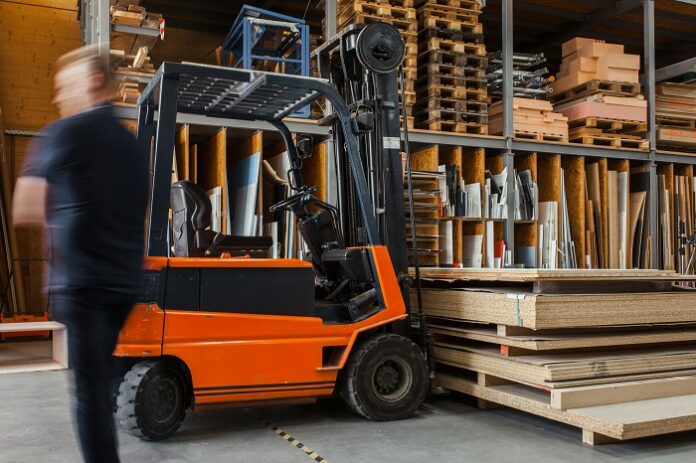Efficient space utilisation is crucial for maximising productivity and operational efficiency in warehouse environments. One often overlooked area for optimisation is the warehouse’s pit, commonly used for loading and unloading goods.
By implementing strategic solutions and adopting innovative technologies, businesses can optimise space in their warehouse’s pit, streamline operations for efficiency, and improve overall workflow. In this article, we’ll explore practical tips and solutions for optimising space in your warehouse’s pit.
Evaluate the Current Layout and Workflow
Before implementing any changes, it’s essential to assess your warehouse’s current layout and workflow. Evaluate how goods are received, stored, and dispatched in the pit area. Then you can spot any bottlenecks, inefficiencies, or wasted space that may be hindering productivity.
Understanding your existing workflow will help you develop tailored solutions to optimise space and streamline operations effectively.
Vertical Storage Solutions
Vertical storage solutions offer an effective way to use space in the warehouse’s pit area. Consider installing mezzanine levels, vertical racks, or shelving systems to capitalise on vertical space and store goods efficiently.
These systems allow you to use as much space upwards too, freeing up valuable floor space for other operations while still providing easy access to stored items. Vertical storage solutions are particularly useful for warehouses with limited floor space or high ceilings.
Invest in Innovative Technologies
Investing in innovative technologies can create an impact on space and really use it well within the warehouse’s pit area. Consider implementing automated storage and retrieval systems (AS/RS), conveyor systems, and robotic palletising solutions to maximise the space you have and improve throughput.
Additionally, consider installing a precast dock leveller system, which provides a durable and efficient solution for loading and unloading goods, optimising space in the pit area while enhancing safety and productivity.
Implement Lean Storage Practices
Implementing lean storage practices can improve workflow efficiency in the warehouse’s pit area. Adopting practices such as Just-In-Time (JIT) inventory management, Kanban systems, and 5S methodology can reduce excess inventory, reduce waste, and enhance space efficiency.
By organising inventory based on frequency of use and implementing efficient storage methods, businesses can improve the use of space and streamline operations in the pit area.
Optimise Loading and Unloading Processes
Efficient loading and unloading processes are essential for maximising space in the warehouse’s pit area. Streamline inbound and outbound operations by optimising dock layout, staging areas, and traffic flow.
Advanced scheduling and appointment management systems help to coordinate dock activities and reduce wait times. Implementing efficient material handling equipment, such as forklifts and pallet jacks, can also improve throughput and space use in the pit area.
Regular Maintenance and Optimisation
Regular maintenance and optimisation are critical for ensuring the long-term efficiency and effectiveness of space utilisation in the warehouse’s pit area. Conduct routine inspections to identify any potential issues or areas for improvement.
Address maintenance issues promptly to prevent downtime and improve equipment performance. Continuously monitor and analyse key performance indicators (KPIs) to identify opportunities for further improvement.
Conclusion
Optimising space in the warehouse’s pit area is essential for maximising efficiency and productivity in warehouse operations. By evaluating the current layout and workflow, utilising vertical storage solutions, implementing lean practices, investing in innovative technologies, and making changes to loading and unloading processes, businesses can effectively optimise space in the pit area. With careful planning and strategic implementation, businesses can create a streamlined and efficient warehouse environment that drives success and growth.






